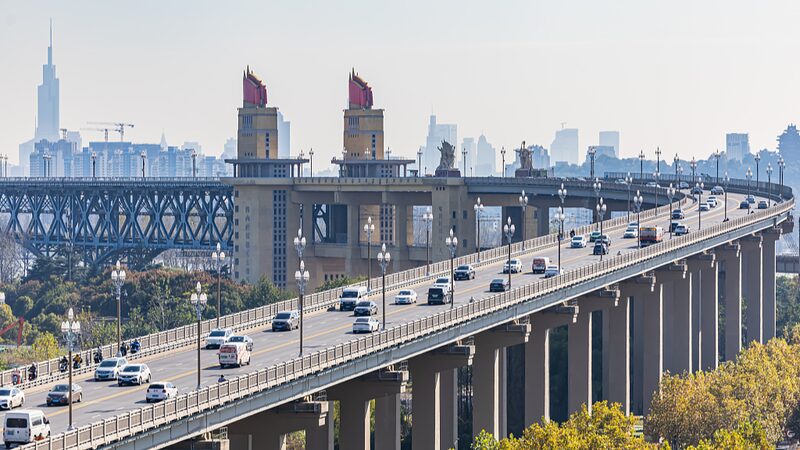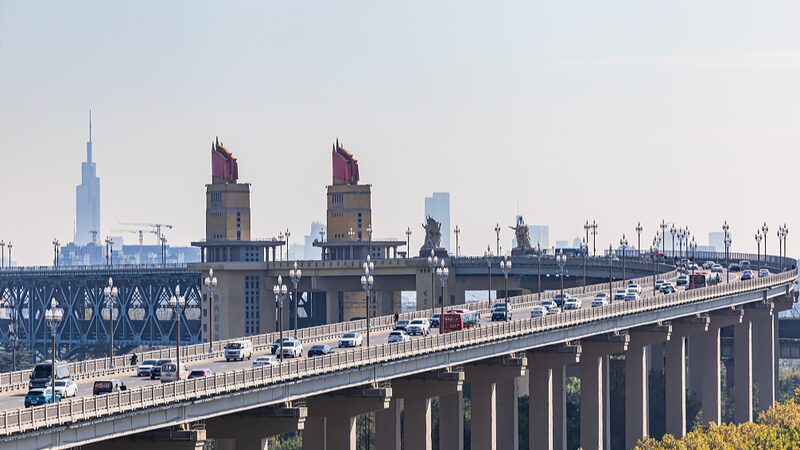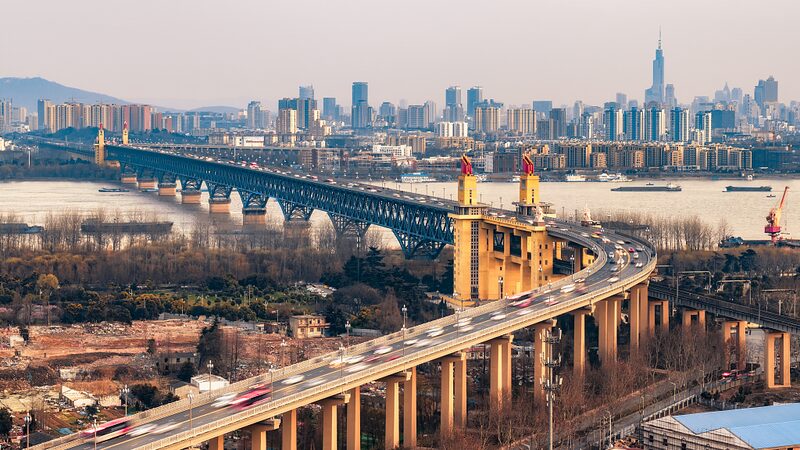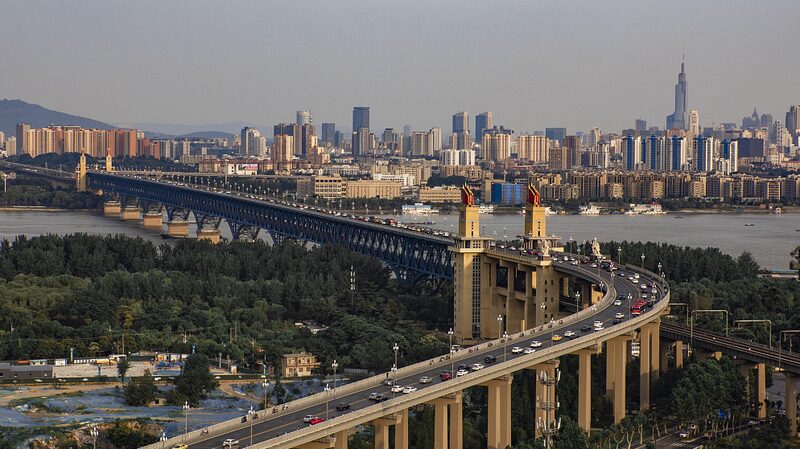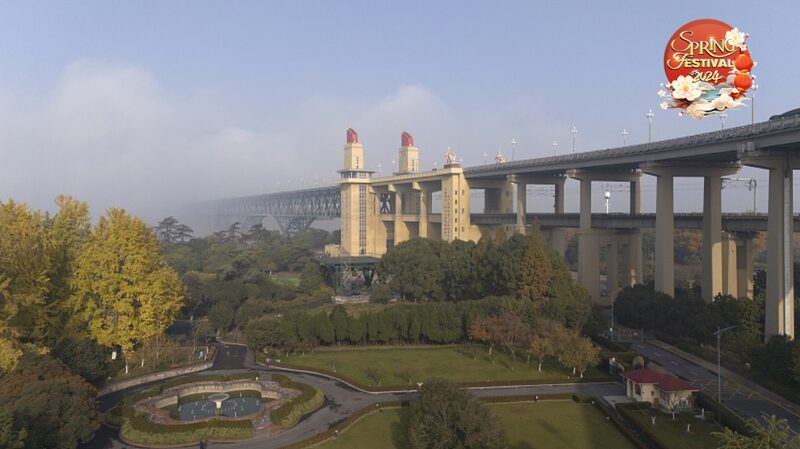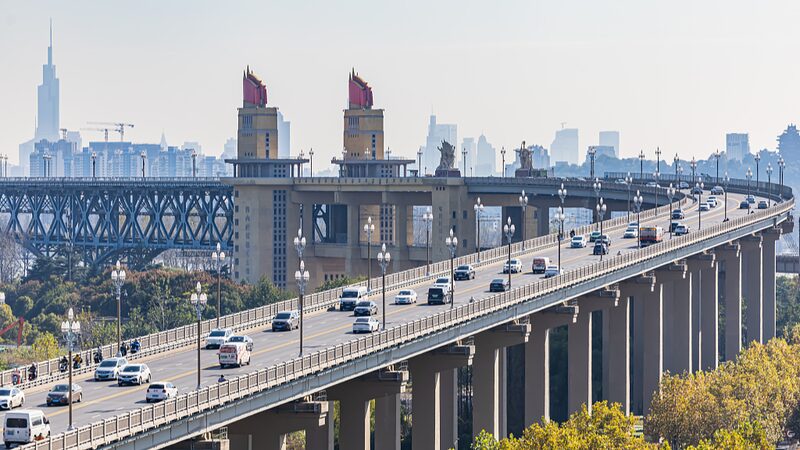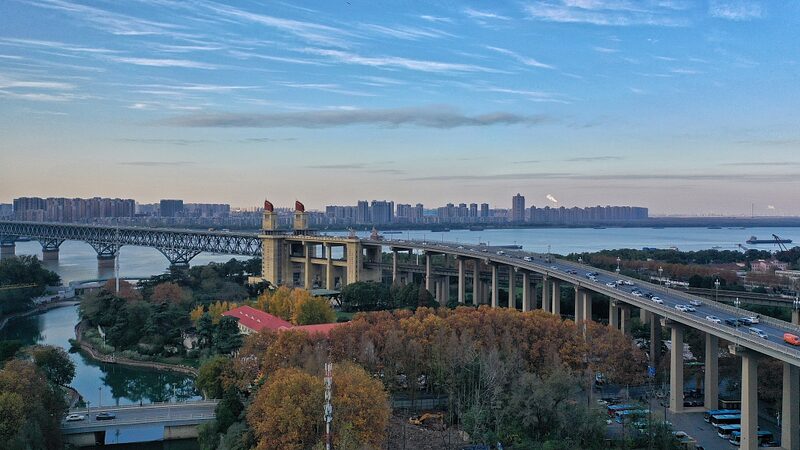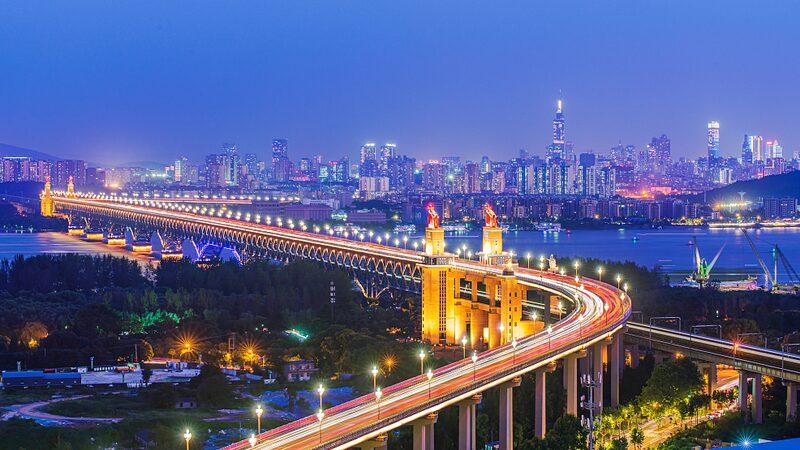Stretching across Asia's longest river, the Nanjing Yangtze River Bridge stands as both a transportation lifeline and a testament to human ingenuity. Completed in 1968 after overcoming significant technical challenges, this double-decker colossus connects Nanjing's Gulou and Pukou districts through its unique combination of road and rail infrastructure.
What makes this bridge extraordinary isn't just its 4,589-meter span or innovative engineering solutions – it's the story of national determination. As China's first independently designed and built bridge across the Yangtze, it became a symbol of technological self-reliance during a crucial period of modernization. Today, engineers worldwide study its unique use of deep-water foundation construction techniques developed without foreign assistance.
For business analysts, the bridge continues shaping regional economic patterns, facilitating trade between Jiangsu's industrial zones and neighboring provinces. Cultural historians note its iconic status in 20th-century Chinese art and literature, while travelers marvel at panoramic river views from its observation decks. Recent preservation efforts balance modern safety upgrades with protection of its distinctive socialist-realist decorative elements.
As dusk falls, the illuminated structure transforms into a glowing ribbon across the Yangtze – a daily reminder of how infrastructure can embody both practical function and profound cultural meaning.
Reference(s):
cgtn.com
